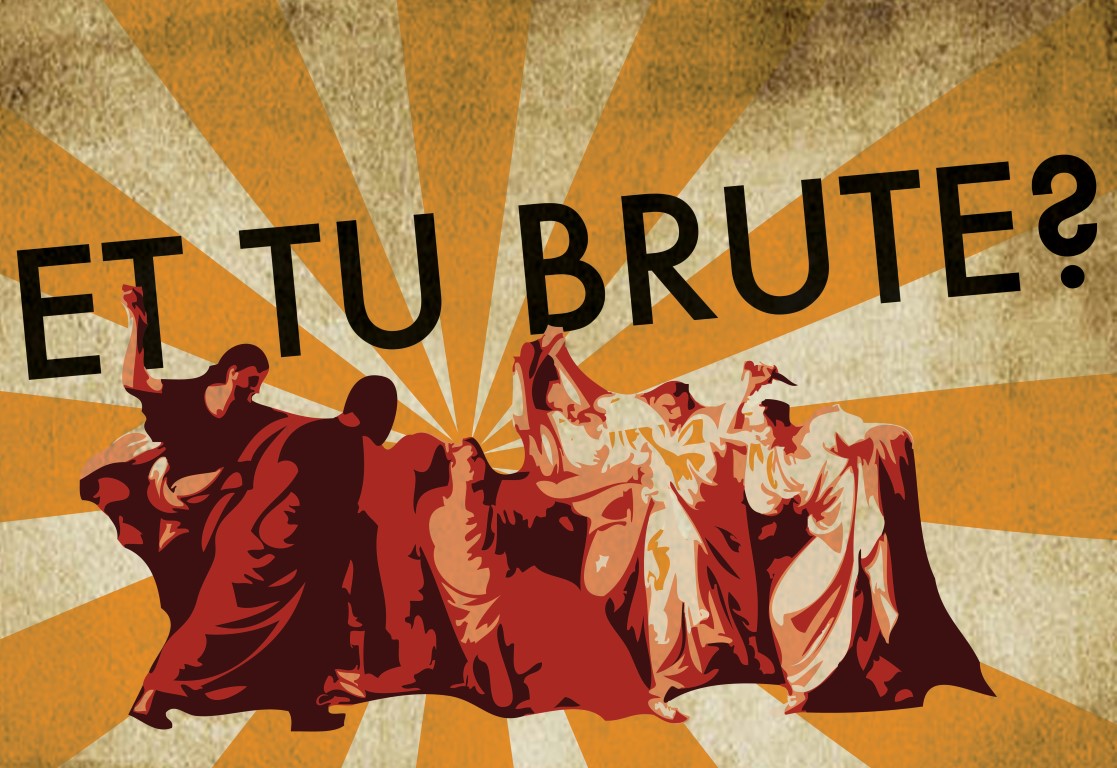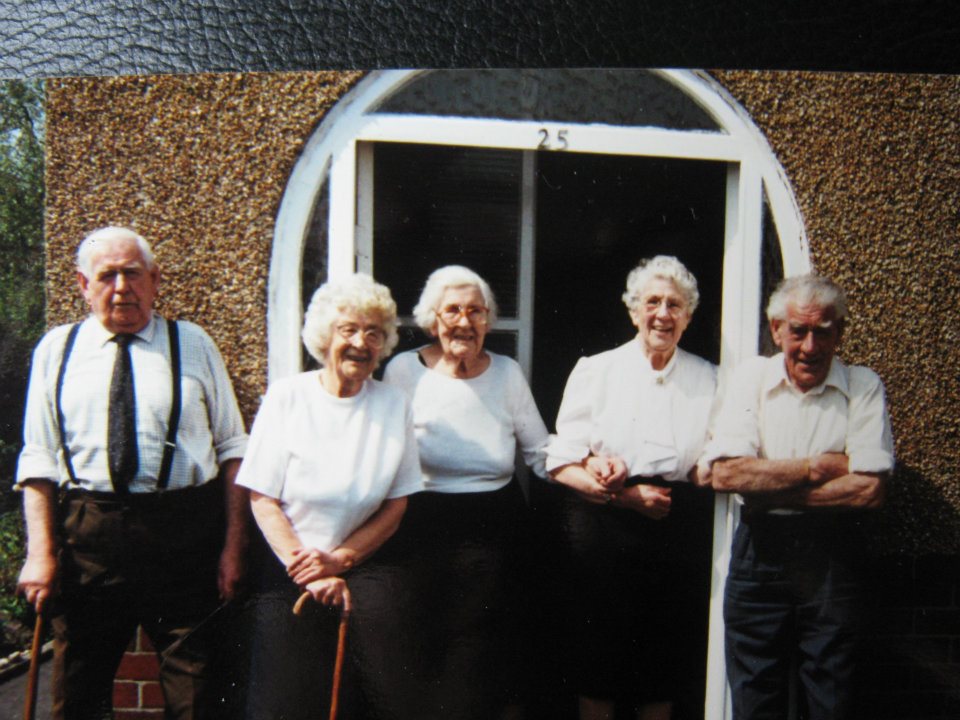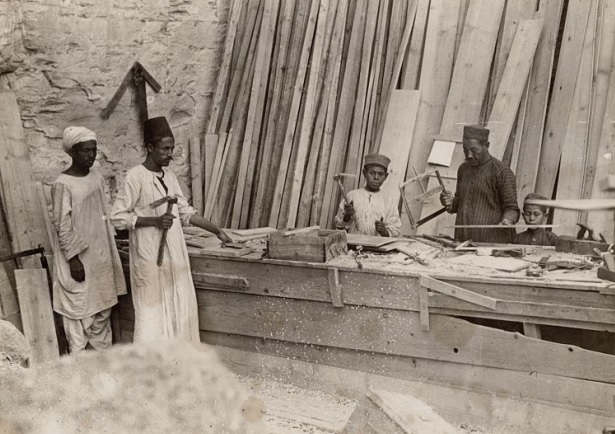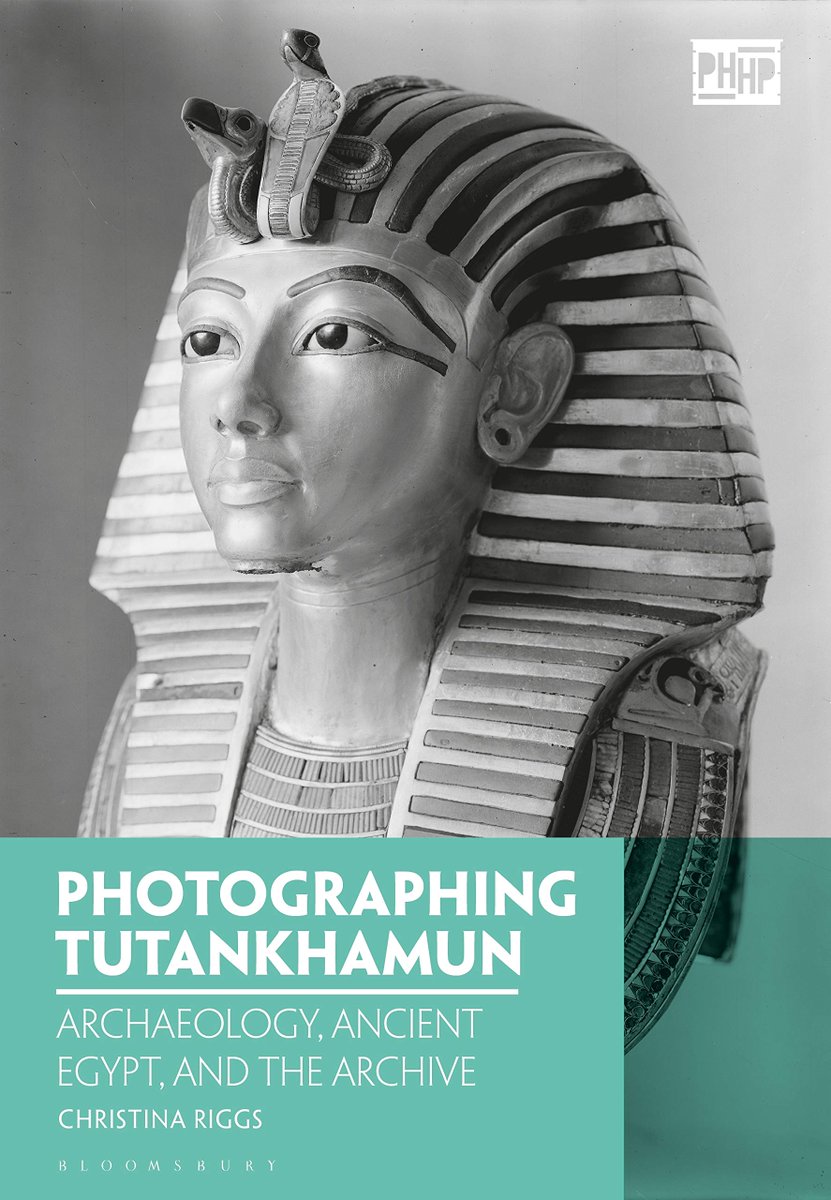As I was spring-cleaning, I found this newspaper clipping among my old papers. It& #39;s from the Westmorland Gazette, my local newspaper, written by one ‘Dapper Dick’. I made the copy from Kendal Library archive. I think some of you might be interested to read it. A thread  https://abs.twimg.com/emoji/v2/... draggable="false" alt="👇" title="Down pointing backhand index" aria-label="Emoji: Down pointing backhand index">
https://abs.twimg.com/emoji/v2/... draggable="false" alt="👇" title="Down pointing backhand index" aria-label="Emoji: Down pointing backhand index"> https://abs.twimg.com/emoji/v2/... draggable="false" alt="👇" title="Down pointing backhand index" aria-label="Emoji: Down pointing backhand index">
https://abs.twimg.com/emoji/v2/... draggable="false" alt="👇" title="Down pointing backhand index" aria-label="Emoji: Down pointing backhand index">
CAVEAT #1: This photocopy is probably about 15 years old, and rest assured I am CURSING past Anna for not making a note of the date. Based on the information given I’m guessing early 1923, but I’m very happy to be corrected on that
CAVEAT #2: I don’t know who ‘Dapper Dick’ is, but I want to find out! It’s officially on my post-lockdown task list for my next visit home. Any Kendalians reading this who might know more – give me a shout
Dapper Dick says: ‘Tutankhamun’s tomb has been closed until the time comes to ascertain whether or not it contains the mummy of the king. If and when the mummy is found […]
[…] it is the avowed wish of Lord Carnarvon and those associated with him in the work of discovery and excavation, “that arrangements should be made to leave the body in the sarcophagus in its present resting place”.
This relapse into pious consideration comes better late than never. When one thinks of the innumerable specimens of dead mummified Egyptians, ancient and distinguished, which have been disentombed and scattered abroad to furnish the museums of Europe and America […]
[…] the want of that touch of nature which Shakespeare assumed to be common to the world, is so conspicuous as to compel a shudder. Lord Carnarvon, by his success, may become the involuntary cause of a rage for mummy-hunting in others.
The Atlantic is said to be speckled with gay parties of Americans en route for Egypt, with the half formed notion that they may be permitted to “stake out claims” in the Valley of the Kings on the Nile.
Lord Carnarvon, for this or some other reason, has pronounced his lack of favour for “the somewhat unwholesome and morbid taste which some people seem to enjoy of looking at mummies exposed in glass cases in museums”.
He does not intend to expose himself to an “et tu Brute!” from the ghost of Tutankhamen; although, as one correspondent at Luxor has taken care to point out, Tutankhamen was “but a boy king who reigned only a year or two”.’
I wonder whether this article might come off the back of Carnarvon’s letter to The Times, ‘Lord Carnarvon Against Removal’ (written Feb 22 1923, published in The Guardian): https://www.newspapers.com/clip/39540682/the-guardian/">https://www.newspapers.com/clip/3954...
‘When the time comes to ascertain whether it [the body of Tutankhamen] is the mummy of the king I personally, and those associated with me, are most anxious that arrangements should be made to leave the body in its sarcophagus in its present resting-place […]
This certainly will be done unless, in the most improbable contingency, the Egyptian Government insist on its removal to Cairo […]
I may say that I have not yet discussed the point, nor do I view with favour the somewhat unwholesome and morbid taste which some people seem to enjoy of looking at mummies exposed in glass cases in museums’
I guess I’m also interested to consider what my rural, farming family in Westmorland (as it was) would have thought to the Westmorland Gazette article, had they read it in the 1920s. They probably had access to the Gazette, which had a wide reach locally at that time.
What did they think about Tutankhamun’s mummy? Did they care about Lord Carnarvon’s opinions on the display of mummies in museums? Did an article like this spark any interest for them in ancient Egypt or archaeology?
Maybe it did. When I declared to my Great-Grandad George (on the right) that I wished to be an archaeologist when I was about 10 years old (and he was about 90), he said ‘I’m not sure that’s a good idea. How would you like it if someone came and dug me up and put me in a museum?’
Little did he know (it seemed like a throwaway comment for him at the time, made between sunny mid-afternoon games of dominoes) but it’s stayed with me ever since and has guided my approach to the study and ethics of human remains in museums, and in the field
Finally, I’d like to highlight the work of the many Egyptian workers – adults and children – without whom the Tutankhamen excavation would never have happened. What did they think about the king’s mummified remains & the idea that he might be removed? Did they want him to stay?
Photo of Egyptian carpenters outside the tomb making the necessary crates, trays & boxes required to safely pack & transport objects from the tomb. Read more about them in Christina Riggs’ article: https://journals.sagepub.com/doi/pdf/10.1177/0073275316676282">https://journals.sagepub.com/doi/pdf/1... Image © Rupert Wace Ancient Art
I suppose this has turned into more of a personal reflection, but I hope you’ve found it interesting. Rediscovering this article has definitely presented me with more questions than answers, and I’m looking forward to following up on these properly when lockdown is over....
In the meantime, READ THIS BOOK where you’ll learn everything you need to know about this subject. It’s definitely on my lockdown re-read list. While you’re at it, have a look at this blog too: https://photographingtutankhamun.wordpress.com/blog/ ">https://photographingtutankhamun.wordpress.com/blog/&quo...
Thanks for bearing with me. Stay safe! #Egypt #Tutankhamun #ThursdayMotivation #Archaeology #ArchaeologyThread #Kendal #Cumbria #Photography #LocalPress #FromtheArchive

 Read on Twitter
Read on Twitter https://abs.twimg.com/emoji/v2/... draggable="false" alt="👇" title="Down pointing backhand index" aria-label="Emoji: Down pointing backhand index">" title="As I was spring-cleaning, I found this newspaper clipping among my old papers. It& #39;s from the Westmorland Gazette, my local newspaper, written by one ‘Dapper Dick’. I made the copy from Kendal Library archive. I think some of you might be interested to read it. A thread https://abs.twimg.com/emoji/v2/... draggable="false" alt="👇" title="Down pointing backhand index" aria-label="Emoji: Down pointing backhand index">https://abs.twimg.com/emoji/v2/... draggable="false" alt="👇" title="Down pointing backhand index" aria-label="Emoji: Down pointing backhand index">" class="img-responsive" style="max-width:100%;"/>
https://abs.twimg.com/emoji/v2/... draggable="false" alt="👇" title="Down pointing backhand index" aria-label="Emoji: Down pointing backhand index">" title="As I was spring-cleaning, I found this newspaper clipping among my old papers. It& #39;s from the Westmorland Gazette, my local newspaper, written by one ‘Dapper Dick’. I made the copy from Kendal Library archive. I think some of you might be interested to read it. A thread https://abs.twimg.com/emoji/v2/... draggable="false" alt="👇" title="Down pointing backhand index" aria-label="Emoji: Down pointing backhand index">https://abs.twimg.com/emoji/v2/... draggable="false" alt="👇" title="Down pointing backhand index" aria-label="Emoji: Down pointing backhand index">" class="img-responsive" style="max-width:100%;"/>

![Dapper Dick says: ‘Tutankhamun’s tomb has been closed until the time comes to ascertain whether or not it contains the mummy of the king. If and when the mummy is found […] Dapper Dick says: ‘Tutankhamun’s tomb has been closed until the time comes to ascertain whether or not it contains the mummy of the king. If and when the mummy is found […]](https://pbs.twimg.com/media/EXb3OpgWkAIMXSh.jpg)
![[…] it is the avowed wish of Lord Carnarvon and those associated with him in the work of discovery and excavation, “that arrangements should be made to leave the body in the sarcophagus in its present resting place”. […] it is the avowed wish of Lord Carnarvon and those associated with him in the work of discovery and excavation, “that arrangements should be made to leave the body in the sarcophagus in its present resting place”.](https://pbs.twimg.com/media/EXb3WjnWAAIPDNm.jpg)










